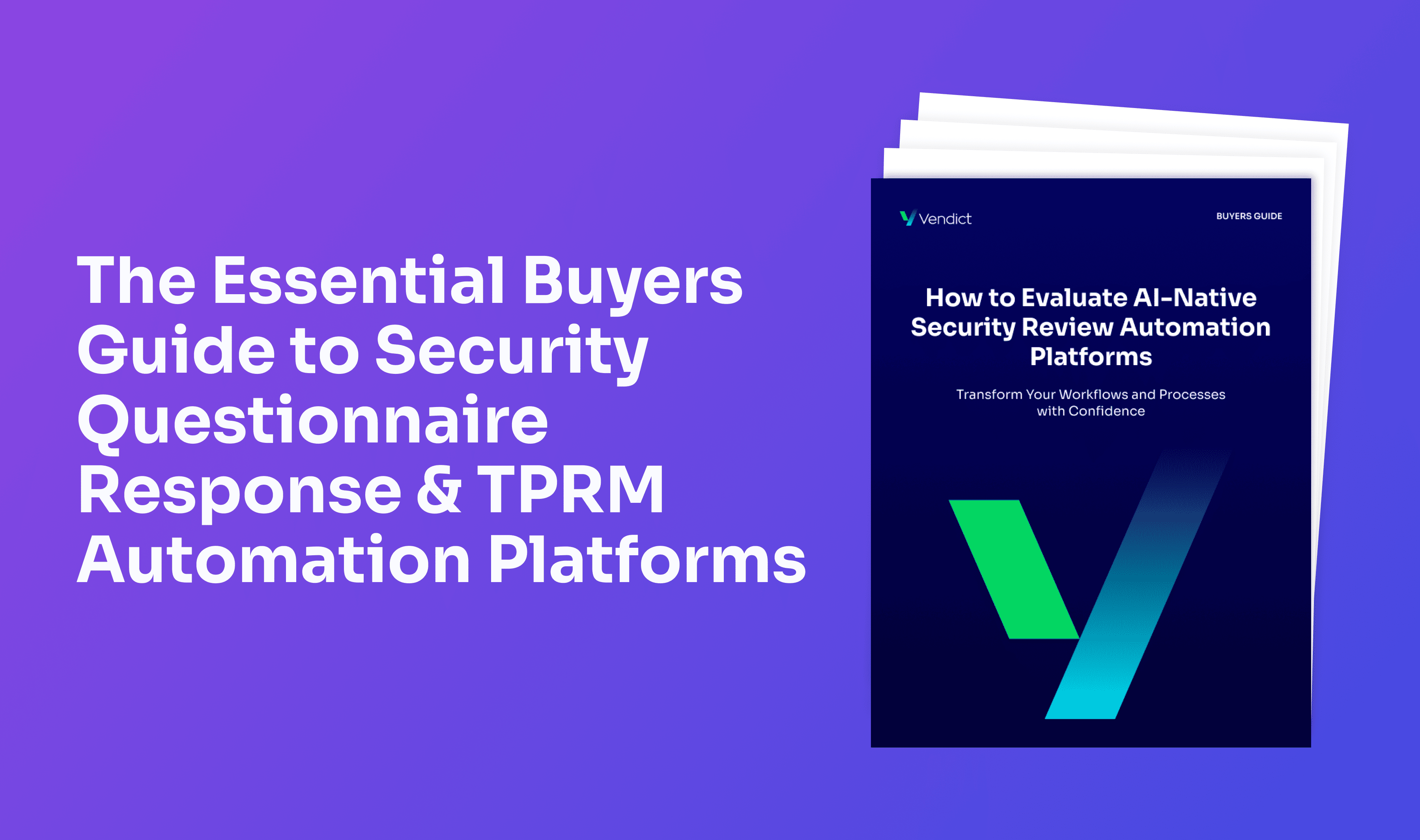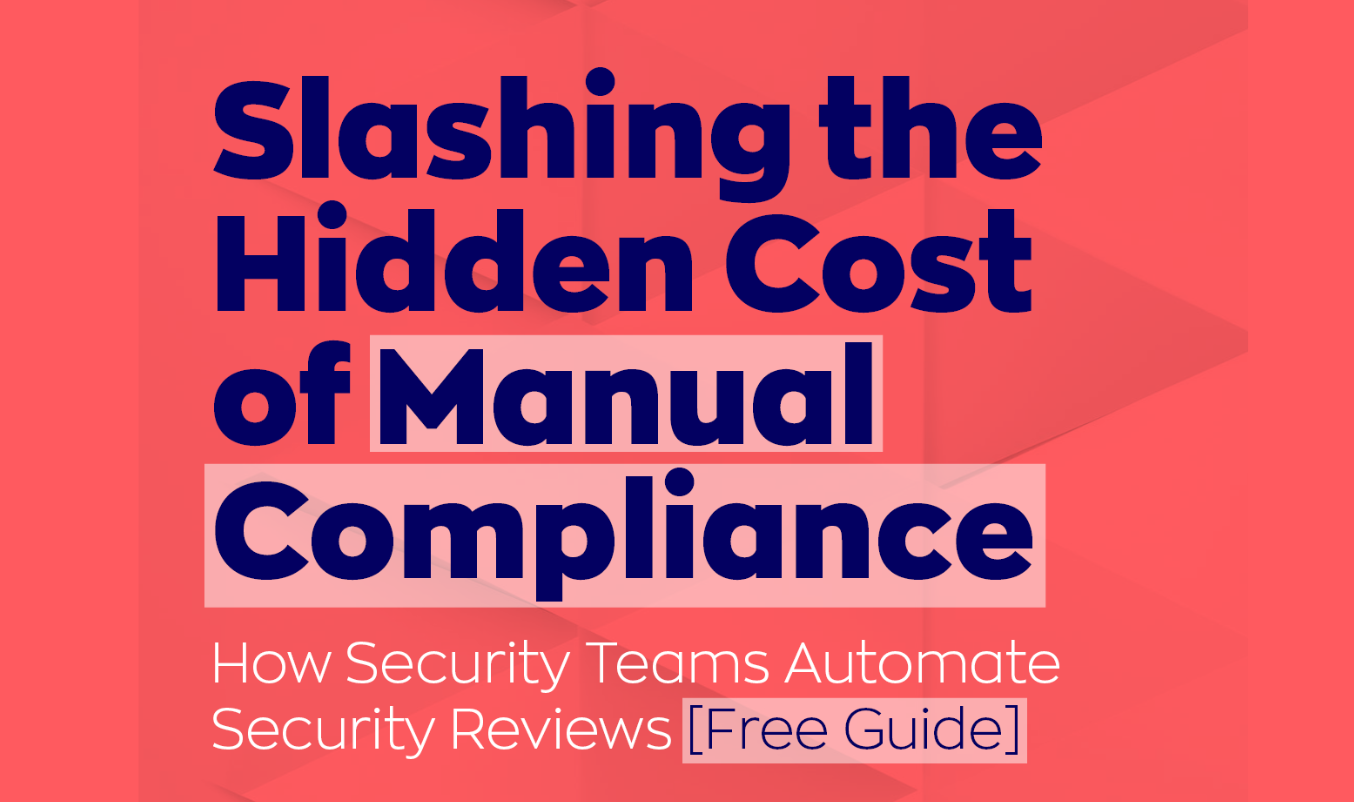Chief Vendor Officer (CVO) - A practical playbook. Part 2
%E2%80%8A-%E2%80%8AA%20Practical%20Playbook%20Part%202%201.jpg)
The CVO playbook for a successful vendor adventure — Part 2 / 2
In the first part, we have seen how the CVO must focus first on the defensive line. Now let’s see how the CVO can create value, be accountable by metrics, and whom the CVO should report to.
The offensive line
Focus on specific projects to bring quick vendor value:
- On-boarding. Evaluate how to accelerate and standardize the vendor on-boarding. It includes IT collaboration and scheduling, security authorizations, employee training on the product, and providing vendors with information and focal points.
- Performance tracking. The contract commitments must include upgrades and roadmap plans, as well as compliance and security fix commitments. Tracking these will give you an edge during contract renewal.
- Cost vs. usage. Track the number of licenses acquired and their actual usage. The procurement team will be happy to receive them.
- Find alternatives. A hard one. For critical vendors, managing the vendor risk and negotiating prices with the vendor can help when you know about a realistic alternative.This alternative is realistic if it provides the same kind of service/product at the same level. Besides, the switch cost (in money and time) should be manageable and the vendor should have a high chance of being declared valid by the defensive line in a timely manner.
Promoting a vendor culture
Nurturing a Vendor culture is a long-term task. It convinces stakeholders to see an agile environment with fast vendor on-boarding and off-boarding.
This Vendor culture can be implemented gradually:
- Promote vendor requests. Discuss difficulties with co-workers and think about whether a vendor may exist. Bring success stories to executives. Simplify the vendor request process.
- Highlight your work. When a stakeholder requests a new Vendor, he or she is expecting regular updates. These updates should humanize the vendor integration process by reflecting current roadblocks and how the vendor responds (at a high level).
- Bring the Voice of the Vendor. Critical vendors are also important stakeholders in the project. Sometimes, strong collaborations between vendors and your company may result in a strong product/service differentiation. Attention to the vendor (e.g., by providing feedback and requests) may be prioritized too. In product development, Product Managers may take this role.
The Metrics
What are the metrics to evaluate CVOs?
- Cost and risk reduction. Track the cost and risk reduction in each defensive field (compliance, security, privacy).
- Integration quality. Measure the time between the business unit requiring a solution and its implementation. This overall time is a good indicator of the vendor selection and the on-boarding process.
- Decompose the vendor path similarly to a customer path. A vendor funnel can be set up with the different steps: request, selection, validation, negotiation, on-boarding, actual usage.
- Business outcome. Guesstimate the impact of vendor insertions/replacements on the business.
Who does the CVO report to?
As seen, the CVO role is versatile, operational, and has many interactions. The CVO should therefore report to the CIO or to the COO. Reporting to an agile position will allow the CVO to quickly implement changes that highlight the collaboration between the teams.
The CVO is a complex role. It involves an oversight of vendor selection, validation, on-boarding, renewal, and off-boarding. Many internal actors are involved. And for the company, the potential is huge in value creation and cost & risk reduction.
Somehow, I have a feeling that some CDOs will consider this role as their next move.
.png)








.png)
